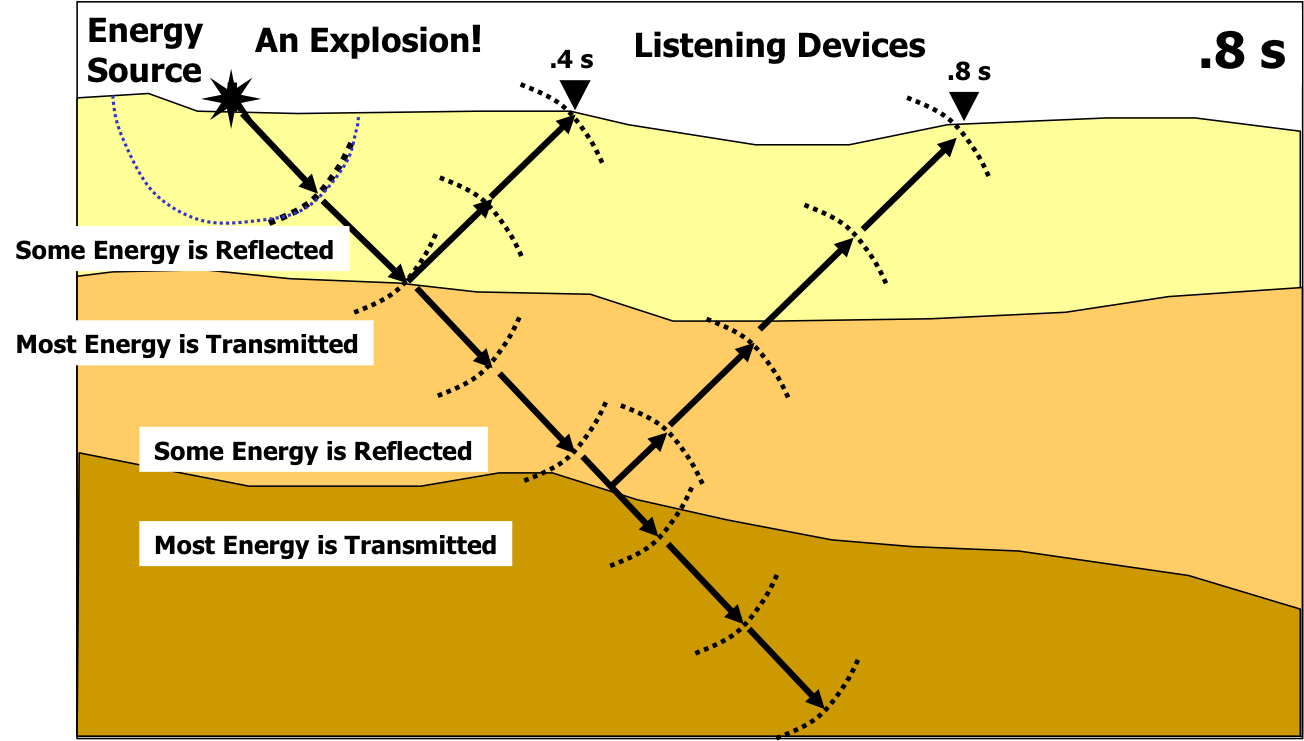All Categories
Featured
Table of Contents
Gravity Geophysical Survey Method in Mariginup Western Australia 2021
Time slice from 23 to 25ns. This last piece is now almost all blank, however a few of the walls are still revealing highly.
How deep are these pieces? Unfortunately, the software application I have access to makes estimating the depth a little tricky. If, however, the leading 3 pieces represent the ploughsoil, which is most likely about 30cm think, I would think that each piece is about 10cm and we are only coming down about 80cm in overall.

Thankfully for us, many of the sites we have an interest in lie just below the plough zone, so it'll do! How does this compare to the other methods? Comparison of the Earth Resistance information (leading left), the magnetometry (bottom left), the 1517ns time piece (leading right) and the 1921ns time piece (bottom left).
Archaeology Arch 1 - Geophysical Survey Flashcards in Jandakot Aus 2023
Magnetometry, as discussed above, is a passive method determining regional variations in magnetism against a localised no value. Magnetic vulnerability survey is an active method: it is a procedure of how magnetic a sample of sediment might be in the presence of a magnetic field. How much soil is tested depends upon the diameter of the test coil: it can be really small or it can be relatively large.
The sensor in this case is really little and samples a tiny sample of soil. The Bartington magnetic vulnerability meter with a big "field coil" in usage at Verulamium during the course in 2013. Leading soil will be magnetically enhanced compared to subsoils simply due to natural oxidation and reduction.
By measuring magnetic susceptibility at a fairly coarse scale, we can identify locations of human occupation and middens. We do not have access to a dependable mag sus meter, however Jarrod Burks (who helped teach at the course in 2013) has some outstanding examples. Among which is the Wildcat website in Ohio.
Geophysical Surveying in Highgate Aus 2023
These villages are typically laid out around a main open area or plaza, such as this reconstructed example at Sunwatch, Dayton, Ohio. The magnetic susceptibility survey assisted, however, define the primary location of profession and midden which surrounded the more open location.
Jarrod Burks' magnetic vulnerability survey results from the Wildcat website, Ohio. Red is high, blue is low. The technique is for that reason of terrific use in defining areas of basic profession instead of recognizing specific features.
Geophysical surveying is an applied branch of geophysics, which uses seismic, gravitational, magnetic, electrical and electro-magnetic physical approaches at the Earth's surface to determine the physical residential or commercial properties of the subsurface - Frequently Asked Questions in Two Rocks Oz 2021. Geophysical surveying methods normally measure these geophysical homes along with anomalies in order to assess numerous subsurface conditions such as the presence of groundwater, bedrock, minerals, oil and gas, geothermal resources, spaces and cavities, and a lot more.
Table of Contents
Latest Posts
Geophysical Survey In Archaeology in Samson WA 2023
Geology Careers: Degree Requirements, Cost & Salary in Subiaco Western Australia 2022
Geophysical Surveys: Definition & Methods in Armadale Western Australia 2022
More
Latest Posts
Geophysical Survey In Archaeology in Samson WA 2023
Geology Careers: Degree Requirements, Cost & Salary in Subiaco Western Australia 2022
Geophysical Surveys: Definition & Methods in Armadale Western Australia 2022